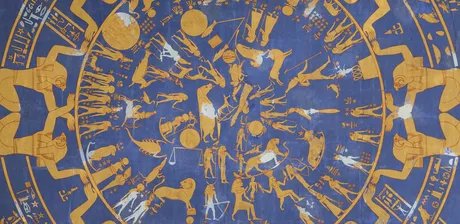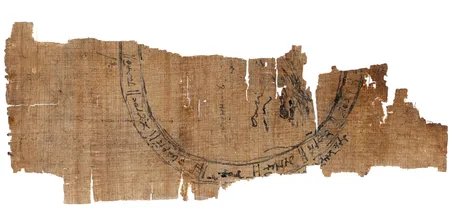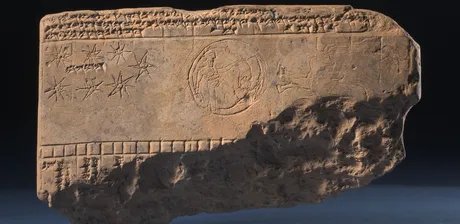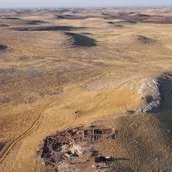
The Beginnings of the Zodiac
The exhibition at the Ägyptisches Museum und Papyrussammlung is dedicated to the significance of the signs of the zodiac in ancient Egypt. Divided into several thematic areas, it presents the ancient zodiac from a contemporary scientific and social perspective.
"What is your zodiac sign?"
This question is asked often, even today in the age of science. The zodiac has fascinated humanity since ancient times. It unites human and cosmos, heaven and earth, astronomy and astrology, science and faith, tradition and innovation, certainty and uncertainty, harmony and dissonance. But what exactly is the zodiac? An oracle that produces signs for the future? A mirror that provides insights into the psyche? A projection of our pursuit of knowledge and certainty? A coordinate system that makes the movement of the planets calculable? A visible expression of celestial harmony? Or all of these things at once? And where does it come from, how has it spread around the world, what was it used for, and how was it depicted?
What is the contemporary significance of the zodiac?
In public perception, the zodiac is nowadays associated mainly with horoscopes. The introduction of the zodiac was a turning point in astrology. Together with the zodiac, horoscopy emerged in Babylonia as a new astrological practice, which for the first time was not only accessible to kings and rulers, but also to private individuals from various strata of society. Today, it is more popular than ever worldwide, although it is classified as an esoteric practice and a pseudoscience. It is based on the belief that the position of the planets at the time of birth contains clues about the nature and destiny of a person.
This belief stems from the timeless human need for meaning, knowledge about oneself and the future, certainty, and methods for coping with uncertainty. What could be more meaningful and attractive than the realization that the nature and destiny of a person is linked to the cosmos?The relevance of the zodiac also extends to scientific and cultural practices that are central to modern society. We are accustomed to having permanent access to data, analysis, calculation, and forecasting through apps and computers.
The roots of systematic observation, data collection, data analysis, algorithms, calculation, and forecasting lie in the ancient zodiac and the astronomical computational procedures developed in antiquity in connection with the zodiac. Moreover, the journey of the zodiac—and the associated new astronomical and astrological knowledge and practices—through the ancient world is a prime example of innovation, globalization, intercultural exchange and multiculturalism—central and currently much-debated societal issues.
The exhibition at the Neues Museum presents the ancient zodiac from a current scientific and social perspective in several thematic areas.
Using ancient artifacts from Berlin museums, including some that have never been exhibited before, the exhibition takes visitors on a multicultural journey through space and time, from Babylonia to Egypt, Greece and Rome (c. 400 BC - 400 AD) and explains the zodiac in terms of its current significance.Curatorial team
This exhibition has been created in cooperation with the Ägyptisches Museum und Papyrussammlung, the Vorderasiatisches Museum, and the research project "ZODIAC – Ancient Astral Science in Transformation" (European Research Council / Freie Universität Berlin).
Publication
A richly illustrated catalogue of the exhibition will be available.








